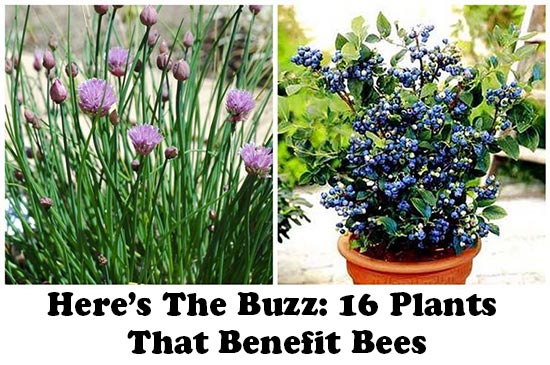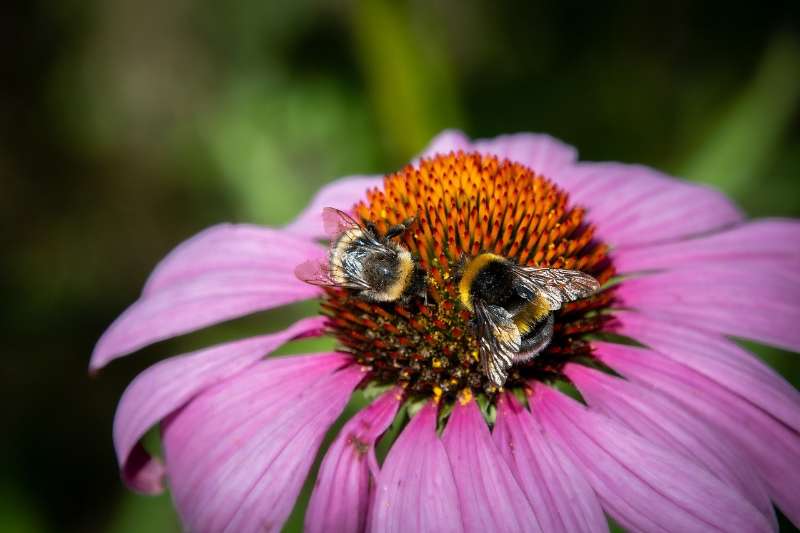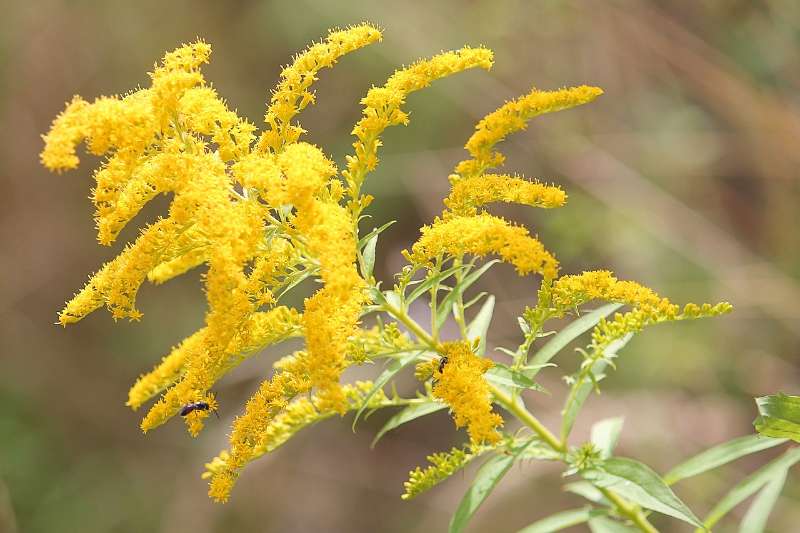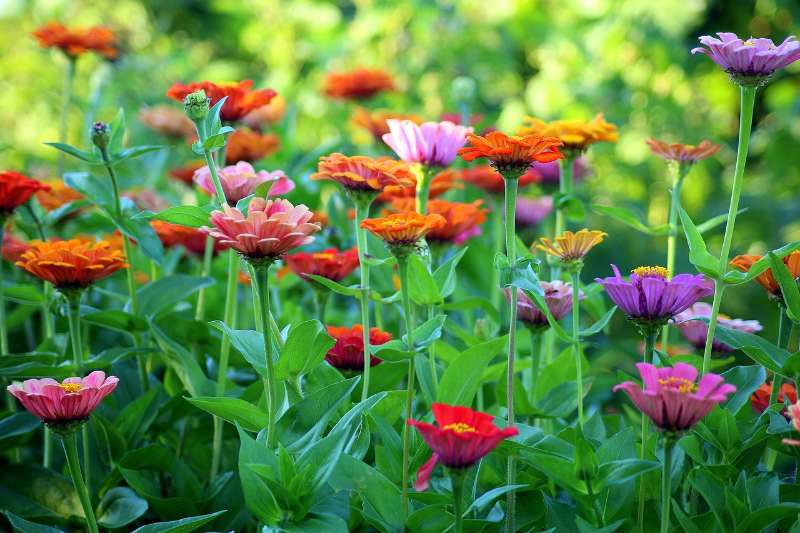Here’s The Buzz: 16 Plants That Benefit Bees

Make sure to like Living Green and Frugally on Facebook, Shop at Amazon to help support my site and explore our PINTEREST BOARDS for innovative ways you can become self-sufficient.
Bees play a crucial role in pollinating our plants and ensuring biodiversity. By planting bee-friendly plants, you can help support these essential pollinators. Here are 16 plants that benefit bees, each providing vital resources such as nectar and pollen.
1. Lavender (Lavandula)
- Bloom Season: Summer
- Benefits: Lavender’s fragrant purple flowers are a favorite among bees. They provide a rich source of nectar and bloom over a long period, making them a reliable food source throughout the summer.

Lavender / Image from Pixabay
2. Sunflower (Helianthus annuus)
- Bloom Season: Summer to early autumn
- Benefits: Sunflowers offer both pollen and nectar. Their large, open flowers are easily accessible, attracting a variety of bee species.
3. Bee Balm (Monarda)
- Bloom Season: Mid to late summer
- Benefits: Bee Balm, also known as Bergamot, has tubular flowers that are perfect for long-tongued bees. It’s a prolific nectar producer, drawing in bees and other pollinators.
4. Coneflower (Echinacea)
- Bloom Season: Summer to fall
- Benefits: Coneflowers have prominent central cones surrounded by colorful petals. They provide a steady supply of nectar and pollen, making them a favorite for bees and other pollinators.

5. Borage (Borago officinalis)
- Bloom Season: Late spring to early autumn
- Benefits: Borage’s star-shaped blue flowers are rich in nectar. This plant is known for its long blooming season, providing a consistent food source for bees.
6. Rosemary (Salvia rosmarinus)
- Bloom Season: Spring and summer
- Benefits: Rosemary’s small, blue flowers are highly attractive to bees. In addition to its culinary uses, this herb offers a reliable source of nectar.

Rosemary
7. Clover (Trifolium)
- Bloom Season: Spring and summer
- Benefits: Clover flowers are a staple for bees, providing both nectar and pollen. They are especially valuable because they are widespread and easy to grow.
8. Wild Bergamot (Monarda fistulosa)
- Bloom Season: Summer
- Benefits: Wild Bergamot’s lavender-pink flowers are highly attractive to bees. It produces an abundance of nectar, making it a popular choice for pollinator gardens.
9. Black-eyed Susan (Rudbeckia hirta)
- Bloom Season: Summer to fall
- Benefits: Black-eyed Susans have bright yellow petals and a dark central cone. They provide a good source of nectar and pollen throughout their long blooming season.
10. Goldenrod (Solidago)
- Bloom Season: Late summer to fall
- Benefits: Goldenrod produces clusters of small yellow flowers that are rich in nectar. It blooms later in the season, providing a critical food source when other plants have finished blooming.

11. Sage (Salvia)
- Bloom Season: Spring to fall
- Benefits: Sage has spiky blooms in various colors, depending on the variety. It offers abundant nectar and blooms multiple times a year, making it a continuous resource for bees.
12. Cosmos (Cosmos bipinnatus)
- Bloom Season: Summer to fall
- Benefits: Cosmos are easy-to-grow annuals with daisy-like flowers. They provide ample nectar and pollen, attracting a wide range of bee species.
13. Catmint (Nepeta)
- Bloom Season: Late spring to early fall
- Benefits: Catmint’s blue or purple flowers are a magnet for bees. This hardy perennial is long-blooming and easy to maintain.
14. Zinnia (Zinnia elegans)
- Bloom Season: Summer to fall
- Benefits: Zinnias produce vibrant, long-lasting flowers that are rich in nectar. They attract bees and other pollinators throughout the growing season.

15. Hyssop (Hyssopus officinalis)
- Bloom Season: Summer
- Benefits: Hyssop has spikes of blue, pink, or white flowers. It’s a prolific nectar producer and is particularly attractive to honeybees.
16. Sedum (Sedum spectabile)
- Bloom Season: Late summer to fall
- Benefits: Sedum, also known as Stonecrop, has clusters of star-shaped flowers that are a valuable late-season nectar source. They are particularly beneficial to bees preparing for winter.
By incorporating these plants into your garden, you can create a vibrant, bee-friendly environment that supports the health and sustainability of bee populations. Happy planting!